There are many reasons for this - the first of which is portability. Turning buildings into movable assets makes it possible to diversify by sector and geography for developers. It also means they can be easily relocated once a lease is up, or a better business opportunity and a greater human need emerges somewhere else.
Modular homes are produced off-site and have been designed to be easily installed and uninstalled multiple times. They are volumetric so there is no assembly as such. This means they can be easily moved to an area that is experiencing a tourist boom, such as a seaside town during summer, which dramatically reduces the chances of them being left unrented or unsold.
They can also be built practically anywhere, too - once planning permission is granted, all they require is a level surface (roughly 30m2 land per-unit) and available connections to utilities.
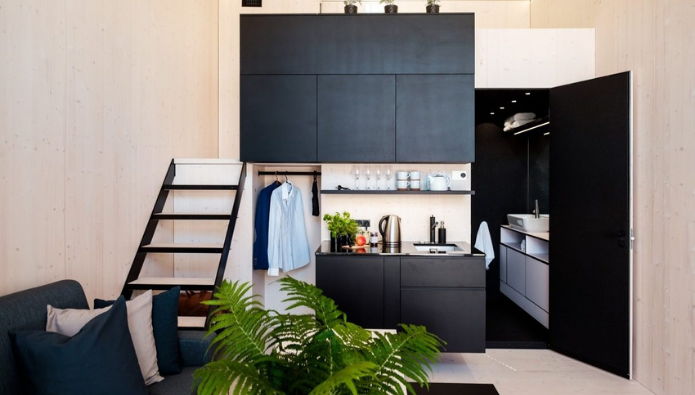
Flexibility is also key. Since modular buildings are a freestanding structure with independent entrances and individual ventilation systems (including cooling, where desired), they can be built in a cluster or a stack formation if needed.
They can function as homes, hotels, cafés, studios, shops as well as specialist homes for certain demographics such as senior communities. As such, they can provide not only staycation accommodation but can also be repurposed for a range of other functions as and when needed, matching supply to demand.
Repurposing and repositioning buildings is not a new trend. For example, the Athletes’ Village for the London 2012 Olympics was repurposed and turned into affordable housing. It is a wonderful achievement and a fine conversion into a residential and tech hub.
However, modular housing could have taken it a step further and enabled a total redesign of the area, evolving it into an urban planning project with clusters of homes, offices, childcare facilities, culture, arts, medical establishments, shops, cafes, student accommodation and more. Repositioning is under-utilised and can be a real added asset for urban planners and demographic needs.
Quality is also another driving factor. Most modular homes feature high-tech, high-quality materials, such as triple glazing and LED lights. Guests aren’t staying in an ‘accommodation factory’, but rather a small, luxury, villa.
There’s privacy, and the feeling of safety too because they have their own entrance straight to their home, with no need to share a lift or stand in line at check-in. These are all aspects that ‘staycationers’ value today more than ever.
Modular homes can also be designed to appeal to a wide range of staycationers. Often built with a minimalist style, they have clean lines and neutral tones, leaving space for each guest to put their own stamp on their accommodation.
They can also be built out of a range of materials such as concrete, timber and MGO sip panel, to ensure they cater for a range of guests’ design tastes. This variety factor is also appealing for regulators and local authorities who may impose restrictions on building large blocks of flats or homes that look identical.
Perhaps the most important reason why they will become more popular, though, is because they are a more sustainable way to build. Buildings account for 40% of the energy consumption in the EU and 36% of the CO2 emissions and so this is an industry that must innovate further in the eco-space.
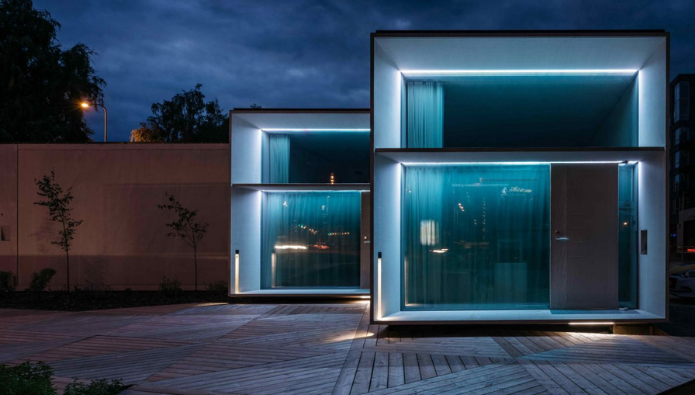
According to McKinsey & Company, the innovation in construction has only increased efficiency by 6% versus in agriculture where innovation has led to growth of 200% between 1947 and 2016.
Modular homes are a more sustainable way to build because they provide efficient and climate-friendly buildings that waste less resources. Although they have high ceilings, they are generally smaller than houses and small living spaces often automatically mean less energy is required leaving a reduced carbon footprint.
Last, but certainly not least, constructing modular homes is a more cost-effective way to create buildings. On average they are 15-20% less expensive to build than homes built using traditional construction methods. These savings can be passed onto developers and in turn onto the staycationers themselves in the form of cheaper rent.
Whilst modular homes are yet to attract mass global appeal, they are becoming more popular, and their adoption shows no signs of slowing down. As with all global trends, there always comes a tipping point where a critical mass is reached, and a threshold is crossed. Is the upcoming staycation boom a tipping point to widespread adoption of modular homes? Only time will tell…
*Hannes Tamjärv is the founder of Kodasema.
(Picture credits: image one and three - Tonu Tunnel; image two - Oliver Moosus)



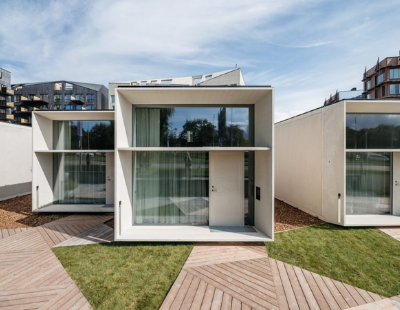


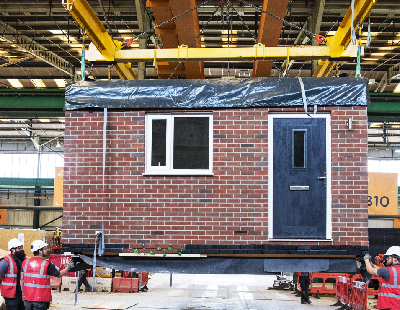
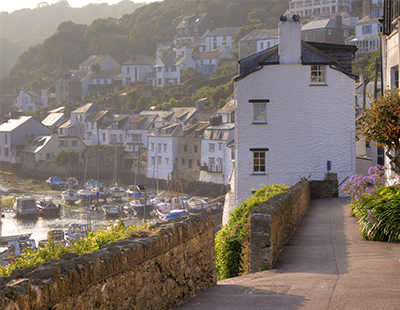
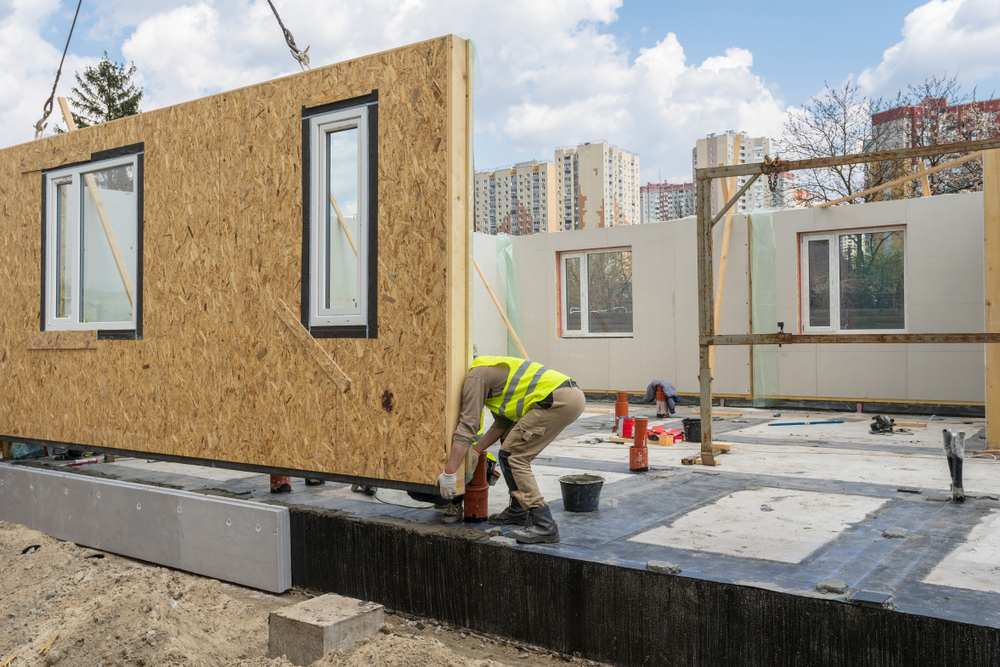
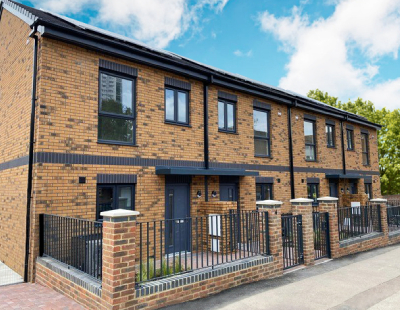

.png)

.jpg)








Join the conversation
Be the first to comment (please use the comment box below)
Please login to comment